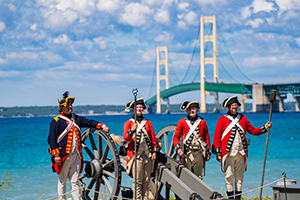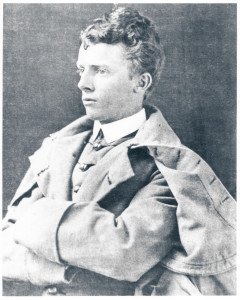

After Congress created Yellowstone in 1872, Senator Thomas Ferry introduced legislation to create a second park on Mackinac Island. In addition to the island’s attractive history and natural features, the U.S. government already owned much of the island as part of the Fort Mackinac military reservation and the soldiers stationed at Fort Mackinac could act as caretakers. As a result, the park would cost almost nothing, which Ferry knew appealed to the tight-fisted Congressmen of the 1870s. After two years of campaigning, President Ulysses Grant created the Mackinac National Park, the second park in the country, on March 3, 1875.
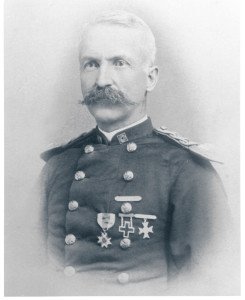

The park made Mackinac Island even more attractive to Midwestern visitors, and brought changes to Fort Mackinac, where the commanding officer became the park superintendent and a second company of soldiers joined the garrison. The Army finally performed some long-overdue repairs at the fort, as one perceptive officer noted that “Mackinac is a place largely visited by people from all parts of our country, and I take it from many foreign lands. A National Park is established on the island and I think the military post should be made not only comfortable but attractive.” Quartermaster General Montgomery Meigs believed that “the fort itself is to the public one of the greatest curiosities within the lands of the park,” and required the fort’s commanding officer, Major Alfred Hough, to repair the post’s aging blockhouses. Although the blockhouses served no military purpose, Meigs knew that they were “among the few relics of the older time which exist in this country,” and believed that “there would be a cry from tourists” if they were destroyed. Fort Mackinac thus became as much a part of the national park as the island’s natural curiosities.
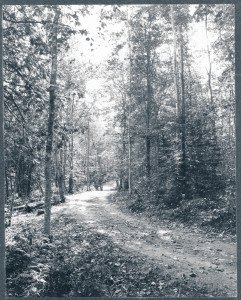

Despite Meigs’ support for historic preservation, the War Department refused to provide extra funding to pay the soldiers of Fort Mackinac to actually maintain and improve the national park. At most, a single soldier patrolled the park on horseback in an attempt to enforce the Congressionally-mandated park rules. Finally, in 1884 Captain George Brady received authorization to survey parts of the park to prepare them for lease. Visitors from around the Great Lakes wanted to build summer cottages on park lands, especially on the bluffs near the fort. The first cottages were built in 1885, with lease revenues earmarked for park improvements. Captain Greenleaf Goodale used the money to improve roads to the bluffs, cut new trails in the park, build protective fences and railings, and erect an observation tower at Fort Holmes.
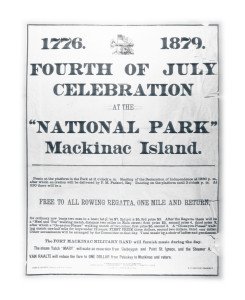

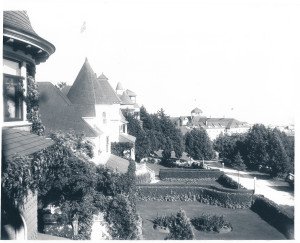

Although the lease system proved successful, and the park remained popular with visitors, by the 1890s the War Department moved to close Fort Mackinac as a further cost-saving measure. Most troops were removed in 1894, and the Army completely abandoned the fort in 1895. Without a garrison to maintain and administer the national park, the War Department proposed selling off the park lands. Island residents, summer visitors, and Congressmen successfully lobbied to have the park and fort transferred to the State of Michigan. On September 16, 1895, the last soldiers formally transferred Fort Mackinac and the Mackinac National Park to the state. Although the national park ceased to exist with this transfer, the state immediately created the Mackinac Island State Park, which continues to welcome thousands of Mackinac Island visitors every year.


